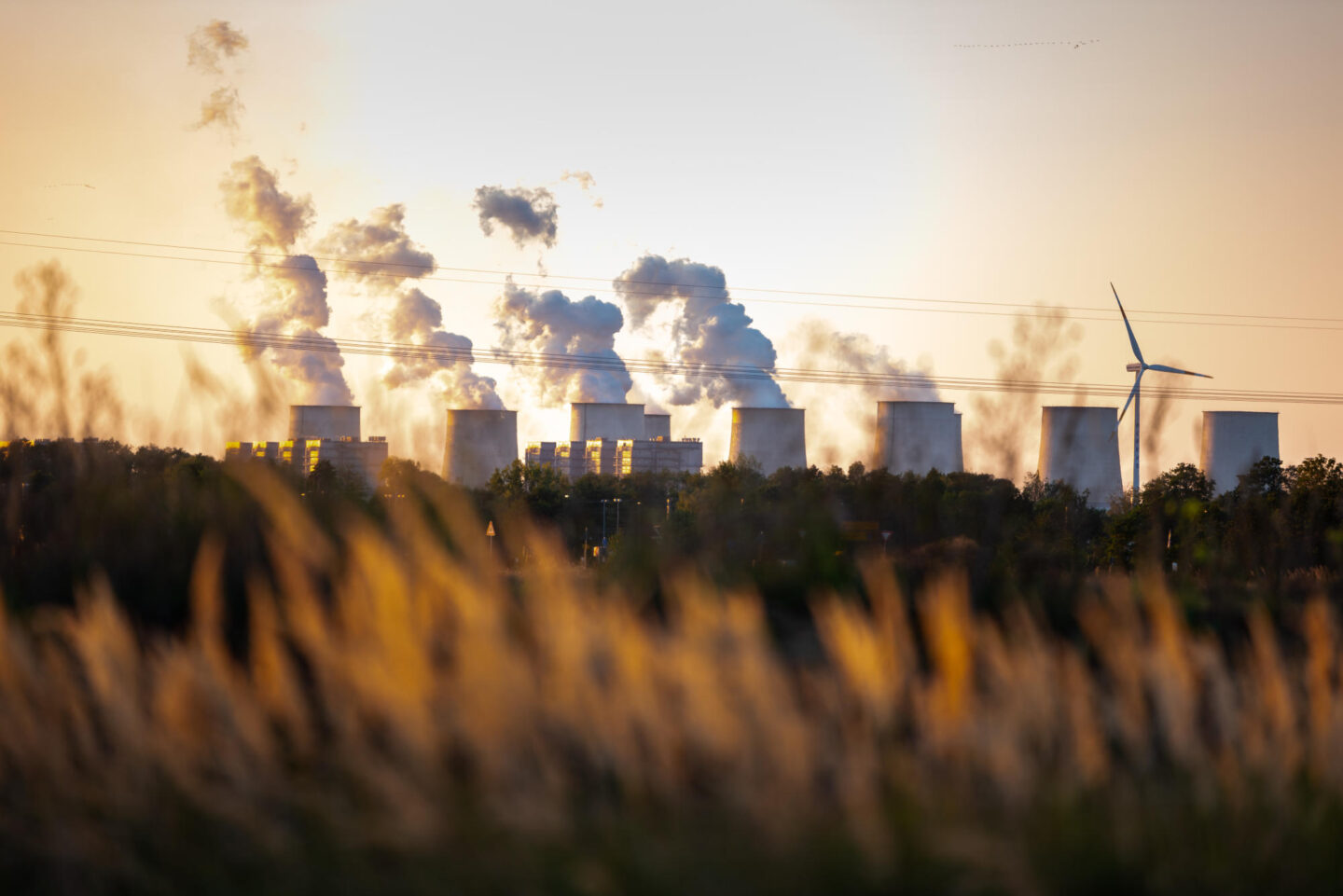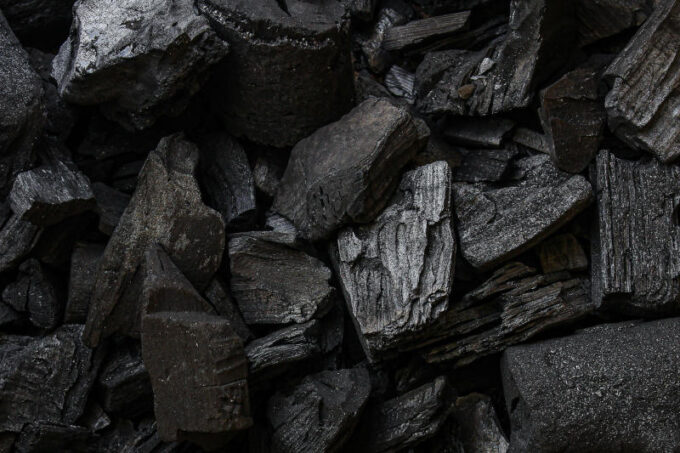
How does sustainable leadership work?
This episode takes you behind the scenes of a recent gathering led by the World Business Council for Sustainable Development together with IMD, where David Bach sat down with two sustainability leaders....

by Knut Haanaes, Jad Mouawad Published April 24, 2025 in Uncategorized • 7 min read
The clean energy transition is increasingly defined by competing narratives.
On one hand, investor enthusiasm for clean energy is waning, policymakers are prioritizing short-term energy security over long-term climate goals, and economic and geopolitical pressures – including cost inflation, the race for critical minerals, and a new US administration favoring fossil fuels – are creating strong headwinds.
Yet the truth remains that despite these challenges, the energy transition is accelerating, with record-breaking growth in clean technologies, rapid electrification, and global expansion of carbon-free energy in 2024.
Here are five key insights into where the energy transition stands today.

Everywhere you look, renewables are surging. Driven by electrification of the energy system, solar power, wind, energy storage, and electric vehicles all grew in 2024 – a trend that is expected to continue in 2025.
A major driver is the strong momentum in Asia, where costs have fallen dramatically. In the last five years, China’s solar PV capacity has almost quadrupled, and wind capacity has doubled; by the end of the decade, China is expected to account for half of all renewable energy deployment around the world, according to the International Energy Agency. Meanwhile, solar power accounted for nearly 60% of India’s renewable energy generation at the beginning of the year.
As a result, renewables-based electricity generation is set to overtake coal-fired generation globally this year, marking a significant milestone in the energy transition pathway. Another milestone was achieved last year when the United Kingdom phased out coal-fired power entirely from its grid, becoming the first G7 country to do so.
Still, while many companies and countries have made net zero pledges, these commitments have not always been matched by credible action. The growing sense of positive momentum that prevailed in recent years is fraying; closer scrutiny reveals that many of these pledges lacked implementation plans and accountability, raising concerns about greenwashing and delaying necessary action.
Early adopters have driven down costs of renewables, but ongoing expansion is facing new hurdles.
Despite rapid growth, the transition faces mounting obstacles. The exponential trajectory for renewables is slowing down and the transition is creating tensions between incumbents and new players – with consumers and businesses caught in the middle.
Early adopters have driven down costs of renewables, but ongoing expansion is facing new hurdles. Storage and grid challenges will need to be resolved in many mature markets where renewables have taken off quickly while emerging markets will need more supportive policies to scale them up.
Clean energy investment is also growing, but it remains insufficient to meet climate targets: Global spending on clean energy sources reached a record $2.1tn in 2024, an 11% increase from the previous year and twice as much as investments in fossil fuels. But this falls short of the $5.6tn annual average needed between 2025 and 2030 to reach net zero by 2050 – a pathway that would be consistent with the Paris Agreement goal of keeping global temperatures from rising more than 1.5C.
The cost of inaction is rising fast. Climate-related disasters are already imposing massive human and economic costs – from destroyed infrastructure and lost productivity to rising insurance premiums and supply chain disruptions. These risks are no longer distant – they’re now showing up in balance sheets.

Energy security is back at the top of the policy agenda. Russia’s invasion of Ukraine dramatically brought the focus back on the security of supplies, pushing the energy transition down the global agenda. On top of that, the US-China rivalry, protectionist policies, and new trade restrictions are all set to impact critical supply chains, including for the critical minerals essential to clean energy.
The new Trump Administration is also quickly moving US energy policy away from renewables, which could have an impact on global investments in the transition. While it remains to be seen whether the momentum in favor of clean tech will slow down, the new administration’s views and policies will have an impact on investor sentiment and business developments.
In this global context, the energy transition risks being sidelined by security. It must navigate this new reality while expanding access to clean technology globally. This will require global collaboration and trust, which remain essential in these turbulent times to offset the tensions and uncertainty for the renewable energy industry.

The key challenge is that the energy transition must balance environmental sustainability with energy security, energy access, and economic growth. The impact of climate change is getting more and more visible, with deadly floods, fires, and other extreme weather events across the globe. At the same time, the challenges of energy access remain acute: for example, despite major progress in recent decades, over 700 million people still lack basic access to electricity, mostly in sub-Saharan Africa.
Clean energy investments must generate competitive returns to be sustainable, and these require a stable and predictable policy environment. Hydrogen faces high costs and requires stronger policy support, while offshore wind has suffered from overly competitive bidding structures. The European EV market appeared to struggle in 2024, largely due to policy timing rather than weak demand.
The equation between sustainability, security, and access can be squared through smart policy interventions, regulations, and incentives, which can ensure a pathway to profitability.
The litmus test of the energy transition remains to reduce carbon emissions, which hit an all-time high last year. On this front, it is still failing to meet its goal.
The energy transition is also entering a new phase. For consumers and businesses, it entails new choices and possible changes to their habits that need to be properly explained and managed. But opposition to climate action is creating a backlash against some clean tech solutions thanks to a subtle mix of disinformation and misinformation that are fueling public suspicions.
Still, around the world, support for climate action remains high as the reality of the climate catastrophe is catching up, with more frequent and severe weather events that are raising the cost of inaction. More and more, businesses are waking up to the financial implications – not only of climate mitigation (i.e., cutting emissions) but also of climate adaptation: building resilience, future-proofing supply chains, and safeguarding operations from extreme weather. These adaptation costs are rising – but they are still dwarfed by the long-term costs of doing nothing.
The fundamental challenge remains unchanged: the world must meet its growing energy needs without exacerbating climate change.
Business leaders must navigate this complex landscape, understand the key perspectives that shape energy transition dynamics, and distinguish facts from falsehoods.
Key takeaways for business leaders
Business leaders must navigate this complex landscape, understand the key perspectives that shape energy transition dynamics, and distinguish facts from falsehoods. As the energy transition enters a more turbulent and high-stakes phase, business leaders will need to look past the headlines and focus on what matters most:
In short: this is not a time for paralysis. It’s a time for pragmatic action, grounded in evidence, aligned with a long-term strategy, and responsive to a world in flux.

Lundin Chair Professor of Sustainability at IMD
Knut Haanaes is a former Dean of the Global Leadership Institute at the World Economic Forum. He was previously a Senior Partner at the Boston Consulting Group and founded their first sustainability practice. At IMD he teaches in many of the key programs, including the MBA, and is Co-Director of the Leading Sustainable Business Transformation program (LSBT) and the Driving Sustainability from the Boardroom (DSB) program. His research interests are related to strategy, digital transformation, and sustainability.

Communications consultant and former journalist
Jad Mouawad is a communications consultant and former journalist with over two decades of experience in energy and climate communications. He was a longtime business reporter for The New York Times and head of communications at the International Energy Agency. He currently works with international organizations, private-sector companies, think thanks and philanthropies on strategic communications. He holds a Bachelor’s degree from Brown University and a Master’s from Sciences-Po Paris, where he currently lives.

April 17, 2025 • by David Bach, Felix Zeltner in Leadership
This episode takes you behind the scenes of a recent gathering led by the World Business Council for Sustainable Development together with IMD, where David Bach sat down with two sustainability leaders....

April 17, 2025 • by Michael Skapinker in Leadership
All organizations should have a plan to secure trust during, after (and even before) a crisis hits. Here are a host of examples, good and bad, to learn from....
 Audio available
Audio available
April 15, 2025 • by Knut Haanaes in Leadership
Writing reports that go unread, weekends wasted working on non-essential tasks, and unrealistic targets that can never be met. Top talent is being left exhausted and demoralized. Here are seven ways to...

April 11, 2025 • by Michael D. Watkins in Leadership
Michael Watkins outlines the simultaneous need for acuity and inner rootedness – what he calls Grounded Edge Leadership – to navigate increasing change and uncertainty....
Explore first person business intelligence from top minds curated for a global executive audience